It’s hard to believe that a simple stack of firewood could lead to so many questions, but if you’ve ever wondered how many pieces of wood are in a cord, you’re not alone. Let’s break it down and uncover the details for firewood enthusiasts and first-time buyers alike.
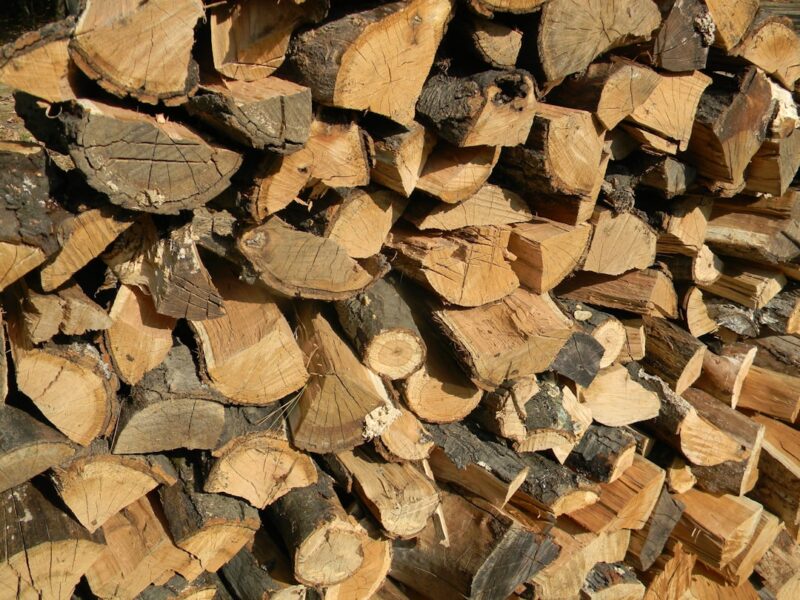
A cord is the standard unit of measurement for firewood, defined by the United States Department of Agriculture as a tightly stacked pile measuring 4 feet high, 4 feet wide, and 8 feet long—equaling 128 cubic feet. This precise measurement ensures consistency in the sale and use of firewood, though variations and jargon have developed over time. For an in-depth understanding of how a cord is defined and its history, check out this Wikipedia article about the cord unit.
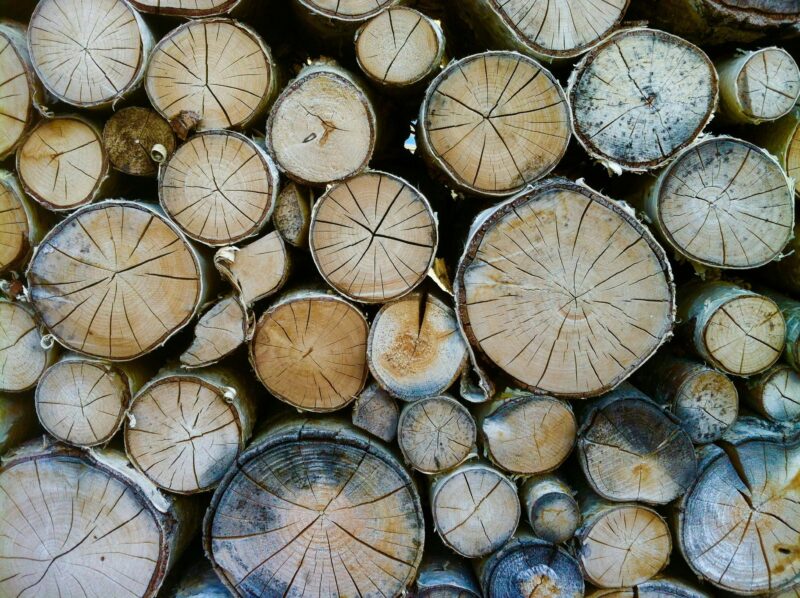
The number of pieces in a cord can vary depending on the size of the logs. On average, a full cord contains anywhere from 600 to 900 pieces of wood. Shorter and smaller logs may yield a higher count, while thicker or longer logs will leave you with fewer pieces. The difference can be especially noticeable if the logs are cut specifically for stoves, which often require shorter pieces. Want to calculate how many logs you’ll need? The Firewood Cord Calculator is a handy resource for estimating wood quantities in practical terms.
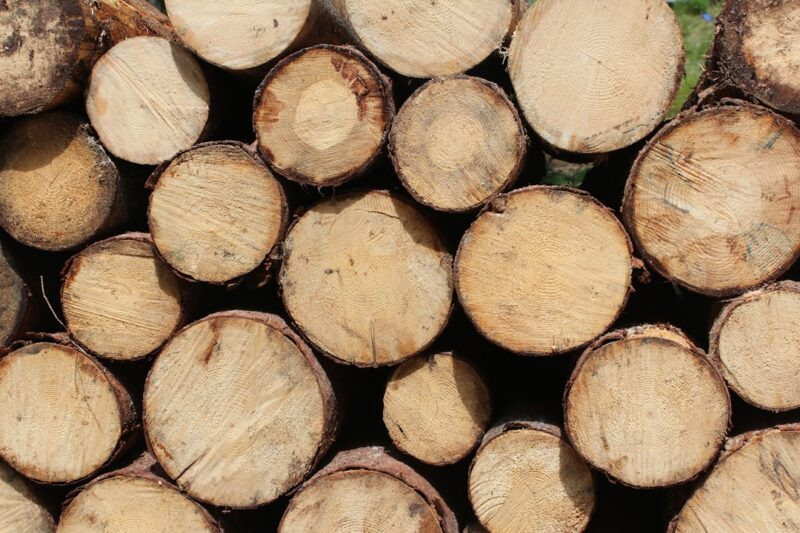
One of the tricky parts of buying firewood is navigating terms like "face cord" or "stove cord," which differ significantly from a full cord. Here’s a quick breakdown:
| Measurement | Dimensions | Approx. Volume |
|---|---|---|
| Full Cord | 4’ x 4’ x 8’ | 128 cubic feet |
| Face Cord (or Rick) | 4’ x 8’ with logs about 16” long | ~42 cubic feet |
| Half Cord | 4’ x 4’ x 4’ | 64 cubic feet |
For informal terms like "truckload of wood," there’s no official standard—it heavily depends on the size of the truck and how the wood is loaded, so it’s always best to clarify. Understanding these differences is made easier by learning how stacking and measuring firewood works in depth. This guide on measuring and stacking firewood offers a great explanation of how firewood dimensions are evaluated.
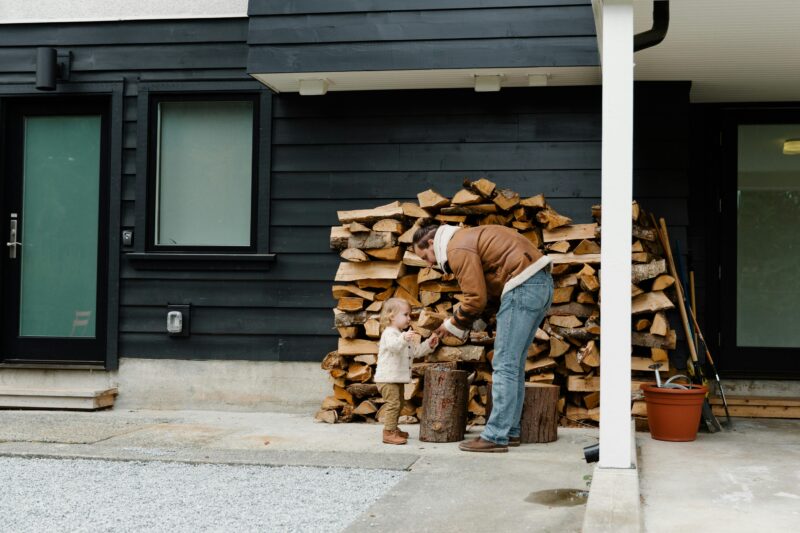
Storing a cord of wood properly can make a world of difference in how well it burns. Stack the wood in a dry, well-ventilated area to allow for airflow, and keep it off the ground to prevent moisture absorption. For stoves or smaller fireplaces, splitting longer logs into more manageable sizes could save you a lot of hassle later.
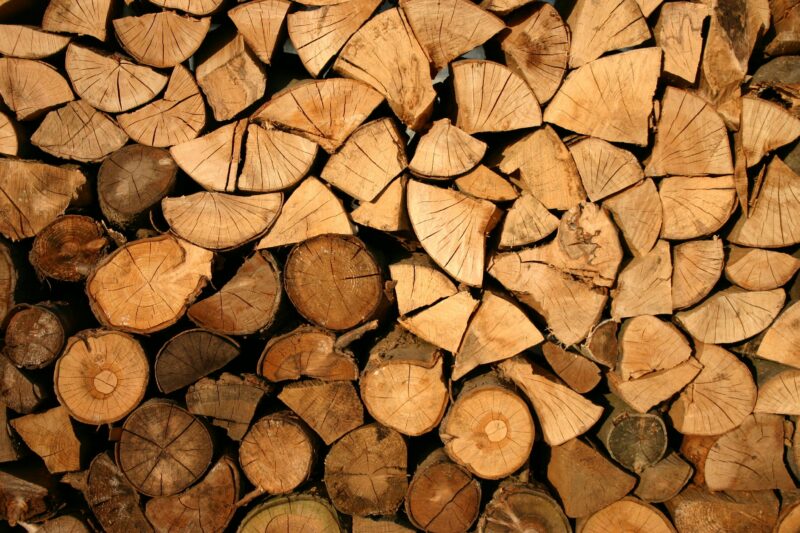
When buying firewood, always verify the measurements before settling on a price. Some sellers may try to pass off a face cord or less as a full cord. Remember that the price should match the quantity you’re receiving! Seasoned wood—dried for at least six to nine months for optimum moisture content—should also be top of your checklist for a high-quality burn.
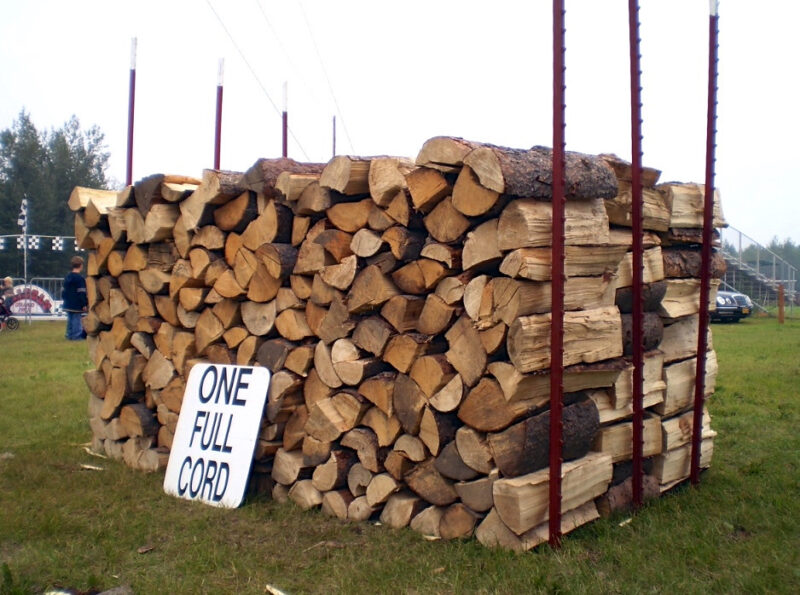
Have you purchased firewood before, or are you thinking about buying your first cord? Share your experiences or questions below!
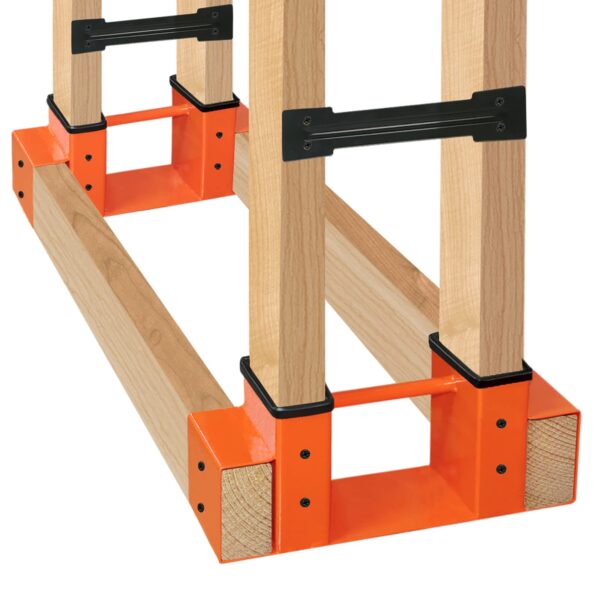
Enhance your workshop with these adjustable heavy-duty workbench legs. Constructed from robust steel with a durable powder-coated finish, they offer unparalleled strength and stability. The easy-to-adjust height feature allows customization for any project, making it perfect for woodworking or DIY tasks. Designed to support heavy loads, these legs will transform any surface into a reliable workbench tailored to your needs.
A full cord of wood typically contains 600 to 800 pieces of firewood. This measurement is based on a standard volume of 128 cubic feet, traditionally stacking 4 feet high, 4 feet wide, and 8 feet long. While the numbers can vary due to differences in wood type and size, this range is a common estimate for seasoned firewood.
A half cord of wood usually contains about 300 to 400 pieces of firewood. This is because a half cord is exactly half the volume of a full cord, measuring about 64 cubic feet. Purchasing a half cord can be more economical for small-scale use or limited storage space.
The best type of wood for firewood depends on your specific needs. Hardwoods like oak, maple, and hickory burn longer and hotter, providing more heat and less smoke. Softwoods such as pine ignite quicker but burn faster. It's essential to choose well-seasoned wood that has been dried for at least 6 months to ensure efficient burning.
To stack firewood properly, ensure it's off the ground using pallets or a firewood rack to prevent moisture absorption. Stack the wood with space between logs for air circulation, aiding in drying and preventing rot. Cover the top of the stack with a tarp, leaving sides open for airflow.
Yes, firewood that is too dry can burn too quickly and produce less heat. Ideally, firewood should have a moisture content between 15% and 20%. If wood is overly dry, it may crackle excessively and burn hotter, causing potential damage to your fireplace or wood stove.
After diving into the fascinating world of how a cord of wood is measured, we hope you're feeling more enlightened and ready to tackle your next wood-stacking project! If you're hungry for more tips and insights on a variety of interesting topics, why not stay connected with us on social media? We love sharing creative ideas on Pinterest and capturing life’s beautiful moments on Instagram. Plus, you can keep up to date with the latest architectural trends and engage with our lively community on X and Facebook. We look forward to connecting with you and sharing even more great content. Thanks for stopping by!

Immerse yourself in architecture’s most boundary-pushing ideas—where innovative home improvements meet visionary urban developments. Discover new building techniques, materials, and creative concepts that are redefining how we shape our spaces on a global scale.